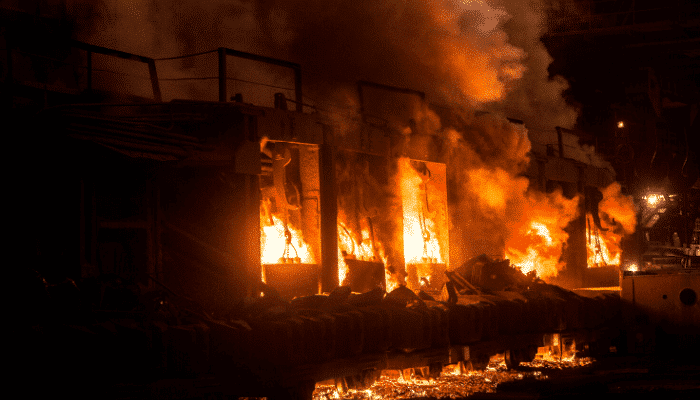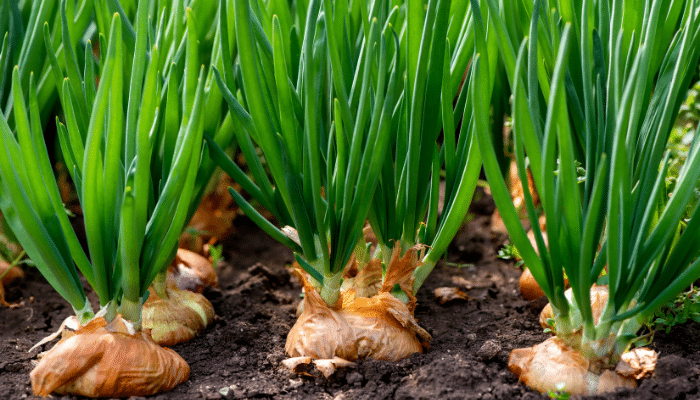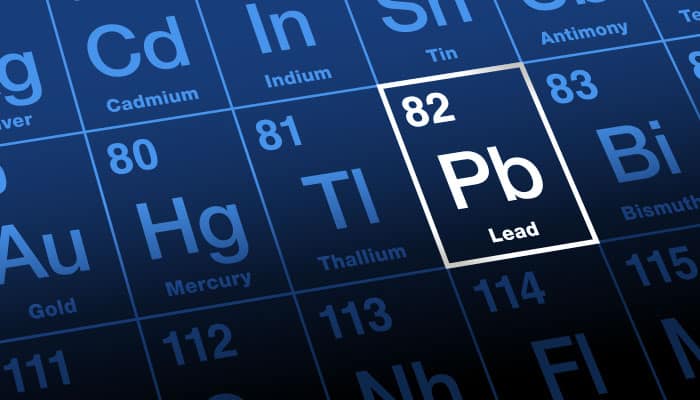
Article réservé aux abonnés


On December 18, 2019, ANSES (French national body for food, environment and occupational health & safety) published an report relating to an expert assessment, excluding risk assessment, on the establishment of an appropriate monitoring program for water intended for human consumption in the Hauts-de-France region following a fire at the Lubrizol plant.
The purpose of this report is to assess the sampling and analysis strategy implemented by the ARS Hauts-de-France and to propose recommendations based on the results of drinking water analyses available as of November 26, 2019 and discussions with the various stakeholders.
With regard to the programme set up by the ARS, the ANSES recommends :
- Maintaining research into heavy metals.
- Maintaining the analysis of PAHs because, although they can come from several sources, they are indicators of trends of burning common to all monitored environmental compartments: air and soil. The list of molecules sought should be completed by including the transformation products of PAHs, i.e. the methylated forms.
- Not limiting ourselves to the search for Benzene concerning VOCs. A research into a wider panel via screening should be conducted.
- No longer measuring the Hydrocarbon Index.
- Continuing the search for the following parameters: pH, conductivity, turbidity, TOC, etc.
- Not analysing PCBs, dioxins and furans and perfluorinated compounds as part of the enhanced drinking water monitoring programme in the Hauts-de-France region
These recommendations apply to both surface water intakes and groundwater withdrawals.
ANSES proposes to adapt sampling frequencies and duration according to the vulnerability of the catchments. A distinction should be made between three groups of catchments (see Annex 2 of the report ) according to the nature of the topography, the thickness of the unsaturated zone, the potential infiltration of surface water and the nature and thickness of the surface formations.
It recommends that




